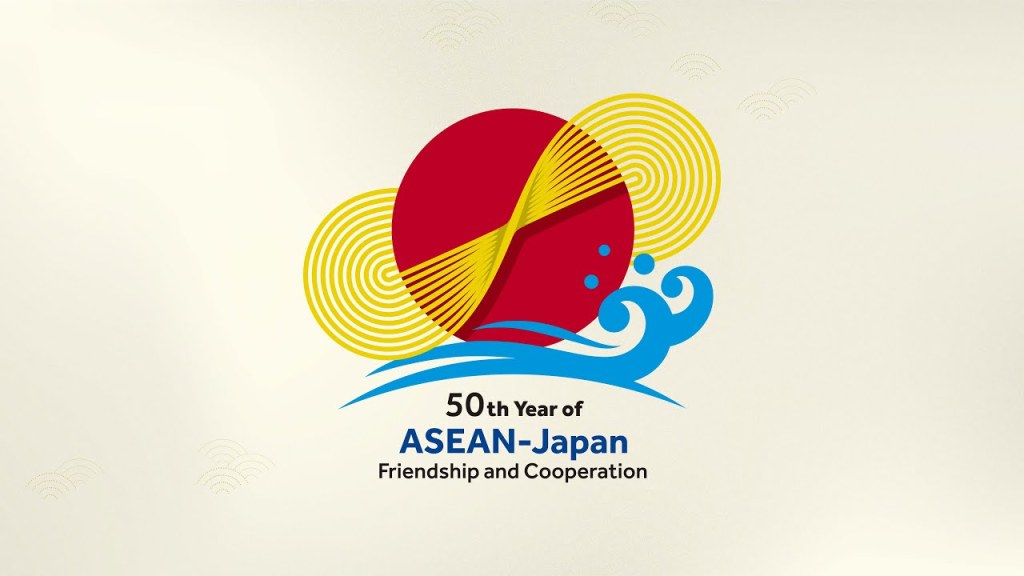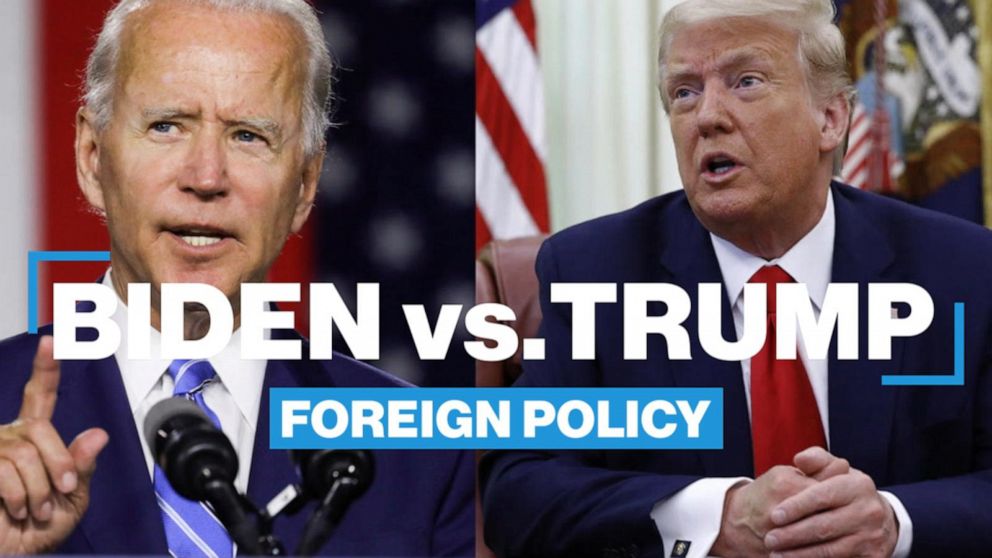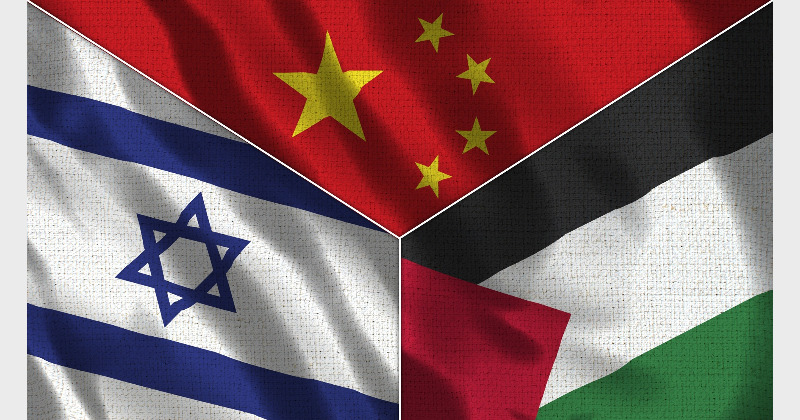Listen to the paper
Limited by Article 9 of the Japanese Constitution and a trust deficit in East Asia following its Imperial period, Japan’s post-WW 2 engagement in the Southeast Asian region was primarily through overseas development aid (ODA) and foreign direct investment (FDI). ODA represented the first pillar of post-WW 2 diplomacy in the region through the provision of various kinds of loans and assistance to build infrastructure in the region.
This infrastructure was dual purpose. It was meant to contribute to development of the region through creating the foundational infrastructure and connectivity necessary to build a modern economy in the region. At the same time, the infrastructure was also used as a platform for the insertion of Japanese businesses in the region for manufacturing when possible and resource exploitation.
The second pillar of Japanese foreign policy within the region in the post-WW 2 period focused on imports of natural and energy resources to feed Japan’s rapidly growing economy at least until the early 1990s. This post-WW 2 behavior by the Japanese was initially seen by the Southeast Asian states as rapacious yet needed exploitation to rapidly develop their economies.
Eventually though, criticisms of Japanese practices in the region waned as ODA and FDI deployed in the region became known for their commitment to comprehensive development, investment in communities and relationships, and for their transparency.
Subsequently, Japan’s reputation became one of being an essential partner to the region and Tokyo began to see itself as having the responsibility to contribute to the region’s development as part of its national interests but also its unique brand of development diplomacy as highlight in consecutive editions of The State of Southeast Asia, 2022 Survey Reportby the ISEAS-Yusof Ishak Institute.
Within this context, this paper aims to examine Japan-Southeast Asia relations through the lens of investing in security and strategic autonomy built on a shared Free and Open Indo-Pacific (FOIP) vision as China increases its economic, diplomatic and security influence in the region. This was recently articulated by Prime Minister Kishida Fumio at the June 2022 Shangri-la Dialogue.
In short, Japan and Southeast Asia’s security concerns in the South China Sea (SCS) can no longer be seen in isolation and required a more proactive and realistic approach to cooperation in the region.
ASEAN centrality and competing regionalism
China’s engagement in the Southeast Asian region has been a fulcrum for change. Seen from Tokyo, Chinese behavior in the South China Sea (SCS) and its investments, including the Belt and Road Initiative (BRI) in ASEAN countries and South Asia are troubling.
First, Tokyo views Chinese artificial islands in the SCS and the rejection of the July 2016 decision by the Permanent Court of Arbitration (PCA) in the South China Sea Arbitration (The Republic of the Philippines vs. the People’s Republic of China) as a threat to the stability and rules-based management of sea lanes of communication (SLOCs).
Considered in tandem with the illegal and regular intrusions within Japan’s contiguous zone and territorial sea in the Senkaku islands region, Tokyo perceives Chinese behavior to be a threat to the rules-based order that has been the foundation of stability and development in the Indo-Pacific region.
Whereas security considerations in SLOCs are related to a potential disruption of critical trade routes that link Japan’s economy to the world, China’s growing diplomatic and economic footprint in Southeast Asian and South Asian countries is equally concerning.
Japanese proactive diplomacy
At the first level, Tokyo sees Beijing’s diplomacy in ASEAN as one characterized by a pattern of fracturing ASEAN’s unity on issues that Beijing considers critical to its core interests.
The most salient example of this is ASEAN agreeing to a shared statement on China’s assertive behavior in the SCS as well as a code of conduct influenced through Beijing’s active behind-the-doors lobbying of ASEAN member-states that are close to Beijing.
At the second level, Tokyo views the BRI as a geo-economic project aimed at reconfiguring Asian’s regionalism away from one centered on ASEAN centrality to one that creates a hierarchical and interdependent economic order extending from China throughout the Eurasian continent.
These concerns have led to Japan intensifying its economic and diplomatic investments in the region.
For example, former Prime Minister Abe’s first trip abroad after assuming the premiership in December 2012 was to Southeast Asia in which he promulgated the “The Bounty of the Open Seas: Five New Principles for Japanese Diplomacy”.
On this voyage, he stressed five principles including: 1) the promotion of so-called international norms of human rights; 2) democracy and freedom of press; 3) rule-based freedom of navigation; 4) free and open economics; and 5) fruitful cultural exchanges and the promotion of cultural exchanges among youth.
If seen in isolation, the five principles seem to be more rhetoric than substance. However, seen alongside PM Abe visiting all ASEAN countries, attending India’s national day, hosting PM Modi in Kyoto, and all while simultaneously strengthening security cooperation with Vietnam, the Philippines, Australia, India and the US, Japan’s investment into Southeast Asia and South Asia is substantial and part of a long track record of diplomatic and economic investments in the region.
During his short tenure, PM Suga Yoshihide visited Vietnam and Indonesia and the current PM Kishida Fumio has also prioritized visiting Southeast Asia, including Cambodia, Vietnam and Thailand. He hosted the Vietnamese PM Pham Minh Chinh in Tokyo as well in November 2021.
As China’s economy has continued to grow eventually surpassing Japan in 2010, so has its diplomatic, economic and security footprint in Southeast Asia and the Indo-Pacific. This influence comes in the form of increased FDI into the region, BRI projects, and predatory behavior such as the building and subsequently militarization of artificial islands in the South China Sea.
Countering China’s BRI influence
Japan’s Free and Open Indo-Pacific Vision (FOIP) is meant to provide a rules-based alternative to China’s efforts to reshape Asia’s regionalism into a modern-day Sino-centric regional order with Beijing at its apex.
Focusing on building a rules-based order in the Indo-Pacific region, Japan has prioritized economic integration, infrastructure, and development along the littoral states of Indo-Pacific as well as ASEAN centrality in order to inculcate stability, sustainability and a shared vision of the region.
Prioritizing ASEAN centrality is critical if Japan is going to get buy-in from the Southeast Asian countries and other stakeholders throughout the Indo-Pacific region such as India.
This is why there is overlap between the ASEAN Indo-Pacific Outlook and Japan’s FOIP vision. De-securitizing the FOIP Vision is equally pivotal if Japan is going to seek support for its vision of the region.
Simply, ASEAN states will not support any initiative in the region that requires them to choose a diplomatic posture that overtly securitizes their relationship with China, their biggest trading partner.
In this sense, Japan’s interest in Southeast Asia is premised on balancing China’s re-emergence as the biggest economy in the region.
At the same time, Japan is strengthening Southeast Asia’s intra-regional integration through infrastructure projects such as the East-West Economic Corridor, the North-South Economic Corridor, and the Southern Economic Corridor.
The logic is that if ASEAN countries can deepen intra-regional trade, they will have more economic space to resist the practice of fracturing ASEAN unity on issues related to China’s interests.
In other words, investment in Southeast Asia by Japan is meant to strengthen each country’s capability to provide for their own security but also to enhance their intra-regional economic integration so they have more strategic autonomy when making a choice about the SCS or other diplomatic decisions involving China.
For Tokyo, a more strategically autonomous Southeast Asia that is more deeply integrated with each other and with Japan will more often than not make geopolitical decisions that are in line with Japan’s geopolitical priorities for the region.
Post COVID-19, another pillar of cooperation has been added to FOIP as Japan and stakeholders in Southeast Asia and the Indo-Pacific start the recovery process.
Here, we are likely to find that Southeast Asian countries will need more assistance in both the formal and informal economies, and increased investment in the healthcare, education, and digital sectors.
The FOIP will likely need to find partners that they can work with synergistically to provide these desperately needed public goods.
China also understands the COVID-19 pandemic has significantly damaged the economic prospects and social infrastructure in Southeast Asia and in participating BRI countries.
Beijing too will see this as an opportunity to curry favor with its neighbors through the provision of assistance, digital infrastructure, and health care equipment, among others.
Conclusion
With these trends in mind, Southeast Asia is likely to benefit from the intensification in Sino-Japanese competition for influence in the region. China will continue to expand its influence through the BRI and using its most powerful of diplomatic tools, its economy.
In contrast, as part of Japan’s enduring national interests to balance China, we should expect Japan to use a re-shaped FOIP, its partnerships with the US, Australia, the EU, India, etc., and its positive reputation in the region to continue to contribute to building a rules-based order, to foster development and economic integration along the littoral states of the Indo-Pacific with a
prioritization of Southeast Asia and India.
This paper was first published in August 2022 at https://isdp.eu/publication/japan-in-the-indo-pacific-investing-in-partnerships-in-south-and-southeast-asia/.





Leave a comment